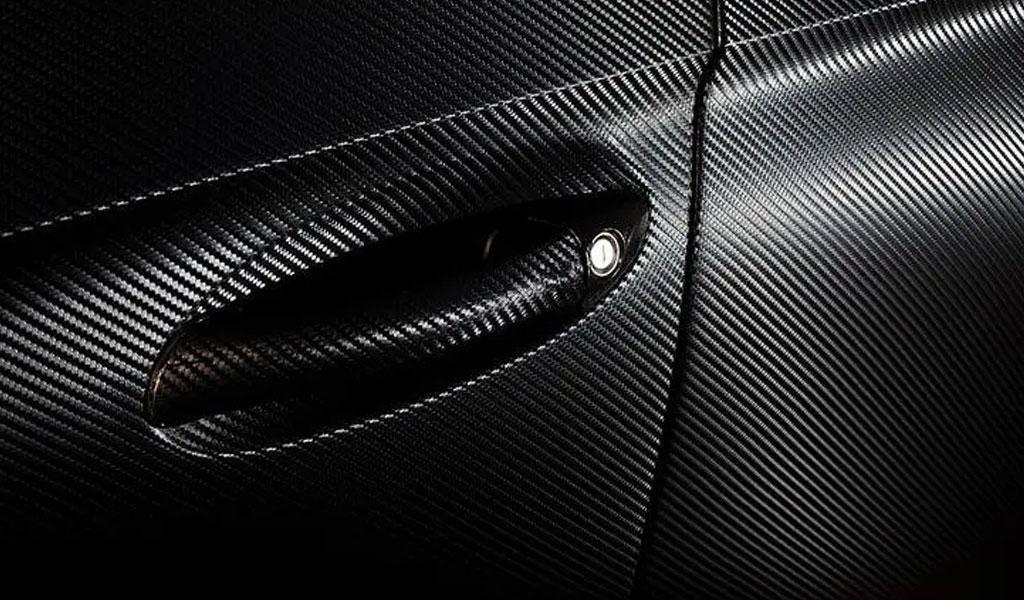
The overall performance advantage of carbon fiber tube is very high, so it is used in many industries. Carbon fiber tube is produced by the fusion of carbon fiber and resin into carbon fiber tube, which is also the application of glass fiber tube made of fiber material and resin than carbon fiber tube. It is much earlier, so why can carbon fiber tubes catch up? Be-cu prototype is a manufacturer specializing in the production of carbon fiber tubes.
In this article, I will tell you the difference between the two.Among industrial high-temperature protection products, people often don’t know how to choose between similar products, such as glass fiber tubes and carbon fiber tubes.
What is the relationship between the two? Which product has better advantages and how to choose. These are what everyone is more concerned about. topic. Next, Be-Cu editor will briefly analyze the advantages of glass fiber tubes over carbon fiber tubes.
Be-Cu.com introduces that both carbon fiber and glass fiber have high temperature resistance properties. Carbon fiber has its advantages, and glass fiber also has its advantages. Let’s take a closer look at the advantages fiberglass pipes have.
Fiberglass Pipes Have Good Heat And Cold Resistance
Fiberglass pipes still have good cold resistance and extremely high strength at -30°C. Glass fiber pipes can be used for a long time in the range of -50℃-80℃, and if better resin materials are used, they can be used at 600℃.
Advantages Of Fiberglass Pipe Insulation
The thermal conductivity of fiberglass pipe is very low, so its thermal insulation function is very good. Fiberglass pipes are also very anti-fouling. They will not scale during use, and will not be adsorbed by microorganisms such as shellfish and bacteria in the sea or sewage.
Fiberglass Pipe Has Good Corrosion Resistance
Fiberglass pipes are generally made of extremely corrosion-resistant resin, which has good mechanical and processing characteristics. In most acid, alkali, seawater, untreated sewage, corrosive soil, it will be corroded by groundwater and chemical substances.
From the above content, we can understand the characteristics and advantages of fiberglass pipes. It is recommended that when purchasing protective products, you should learn more about the characteristics and applicable scenarios of product applications, so that you can choose products suitable for your company.
First of all, from the basic performance, the carbon fiber tube is a carbon fiber product made of carbon fiber and resin, with a density of 1.6g/cm3 and a tensile strength of 3500MPa. Only a metal tube such as a steel tube is one-fifth of the strength, but the strength can reach eight times that of the metal tube. Among the metal tubes, the quality of the aluminum alloy tube with lower density is also one-half of the carbon fiber tube, and the strength of the carbon fiber tube is even higher. 200 times the aluminum alloy tube, which makes the performance advantage of the carbon fiber tube perform very well. Compared with metal tubes, its anti-bending performance is also better. In the case of large pressure, carbon fiber will not break, deform, or crack when it is bent, which is different from bending deformation of metal tubes.
The density of the glass fiber tube is 2.55g/cm3, which is similar to that of the carbon fiber tube. This is also an important reason why the glass fiber tube was particularly popular before. The entire tensile strength can reach 300MPa, which is why An important reason why the application of glass fiber tubes will lag behind carbon fiber tubes. The carbon fiber modulus of the glass fiber tube is 7000MPa, which makes it have a very high advantageous performance. The fracture after the compression force is exceeded is the resin rather than the glass fiber, so the bending resistance of the glass fiber will be particularly high.
These are the interpretations of the comparison between carbon fiber tubes and glass fiber tubes. From the whole point of view, you will find the difference between the two. These are the interpretations of the content of carbon fiber tubes and glass fiber tubes. I hope they can help us better. Learn about the difference between two carbon fiber tube products. Be-cu Prototype is a manufacturer specializing in the production of carbon fiber products. If you need it, you are welcome to come and consult. China Be-cu Prototype Material Technology Co., Ltd. has ten years of rich experience in the carbon fiber field. It is engaged in the production and CNC machining of carbon fiber products. It has complete molding equipment and perfect machining machines, and can complete various types of carbon fiber products. Production, customized production according to drawings.
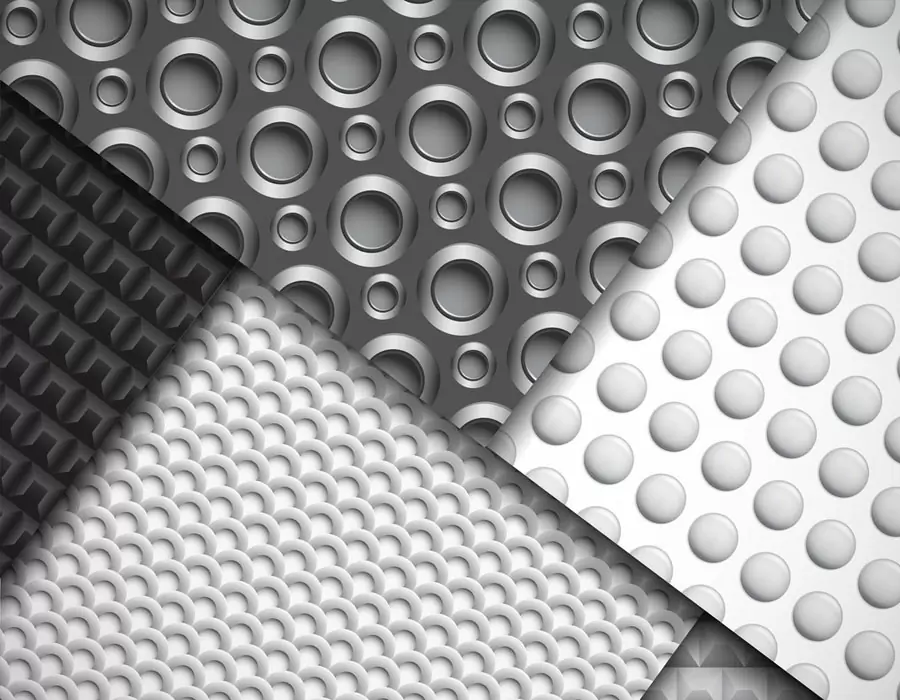
ISO 9001 certified. BE-CU Prototype Offering CNC machining carbon fiber and other manufacturing services for carbon fiber marterial. Various capabilities include notching, labeling, drilling carbon fiber, grinding, laser cutting carbon fiber, finishing, plating, marking, CNC milling carbon fiber and turning carbon fiber.We stock high quality 3k carbon fiber sheet in a variety of thickness, types and finish. Its a great material used in applications where light weight and strength are needed such as drones. Unlike other workshops, we have no min order and are often filling orders with a single part. We also don’t make you pay for the full sheet and you only get charged for what is used. With a large selection of material, you should find everything you need to make your project come to life. We are also able to handle larger production runs and provide a competitive pricing. If we don’t have the material or finish you require, we are more the willing to look at bringing it in for you.
What Is Carbon Fiber?Carbon fiber is made of polyacrylonitrile (PAN) (or pitch, viscose) and other organic fibers by carbonization (removal of most elements except carbon) by pyrolysis method under inert gas at high temperature above 1,000 °C. Inorganic polymer fibers with a carbon content of more than 90%.
-
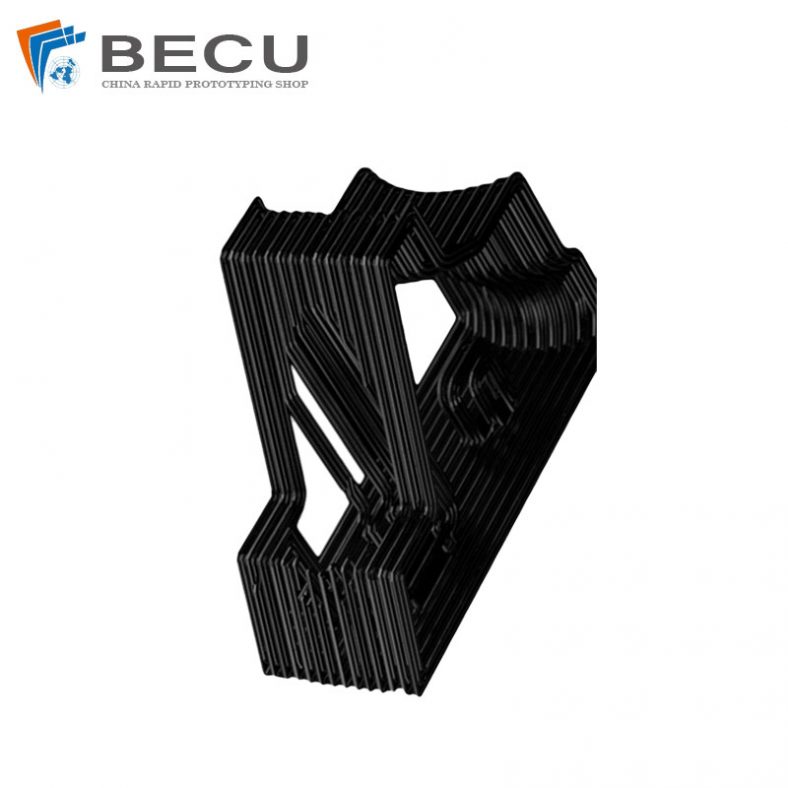
3D Printing Continuous Fibres
-
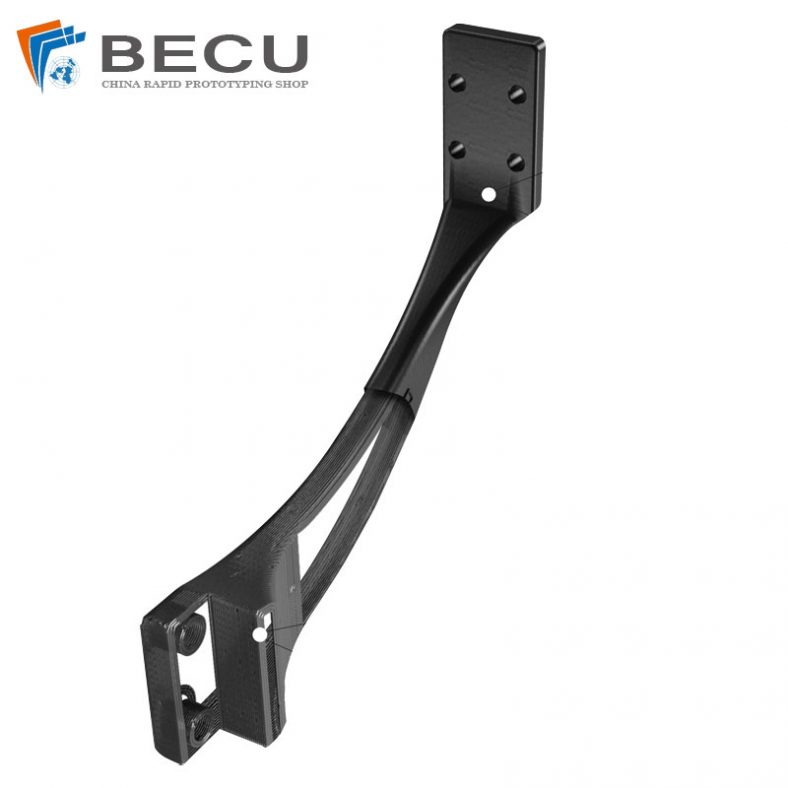
3D Printing Short Fibre Filled Wires
-
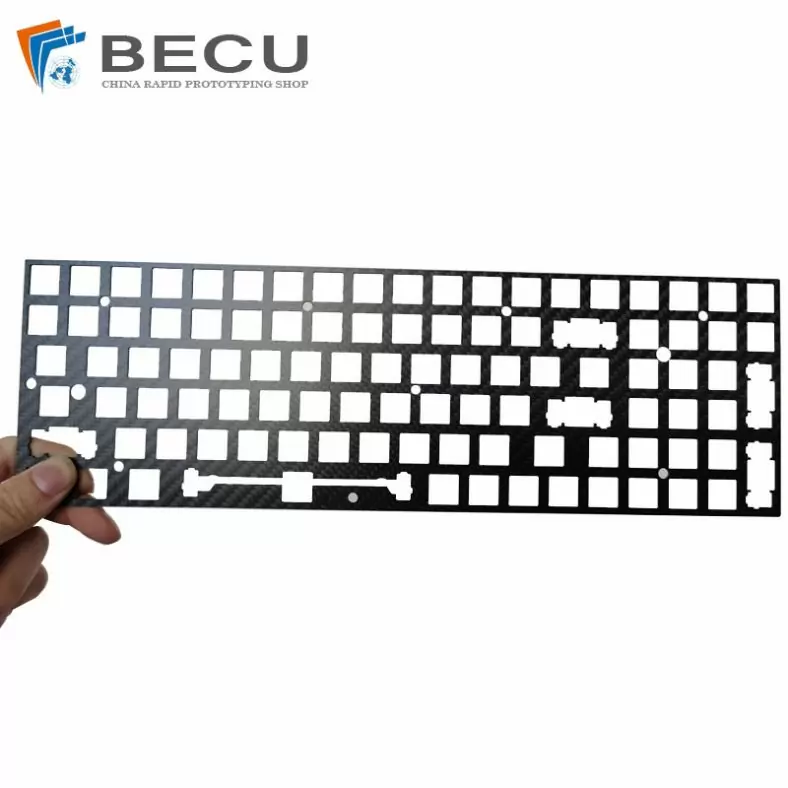
Laser Cutting Carbon Fiber Positioning Keyboard
-
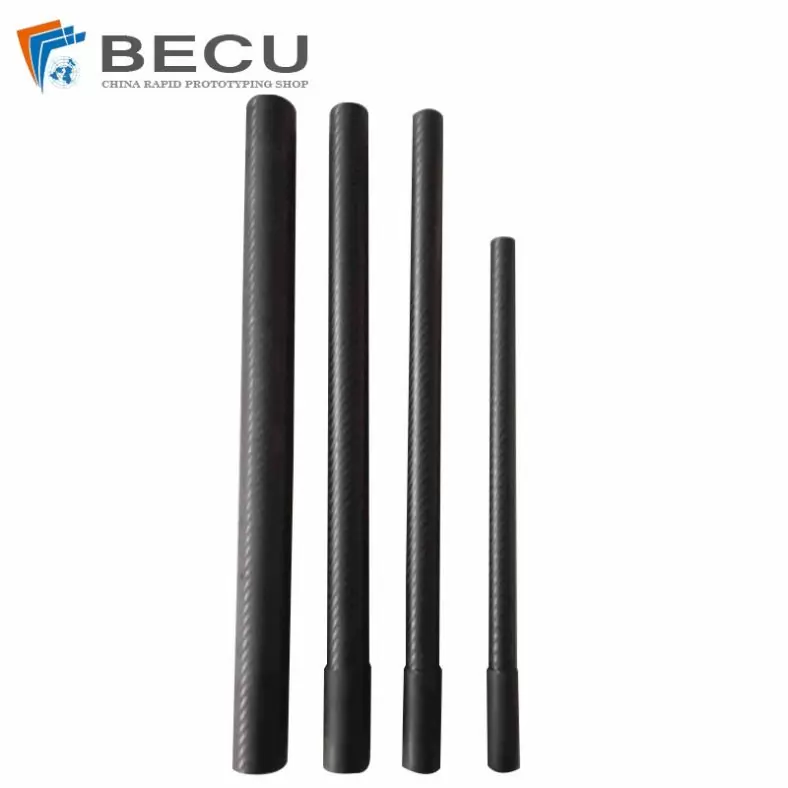
Cnc Turning Industrial Copper-Aluminum Clad Carbon Fiber Machinery Parts
-
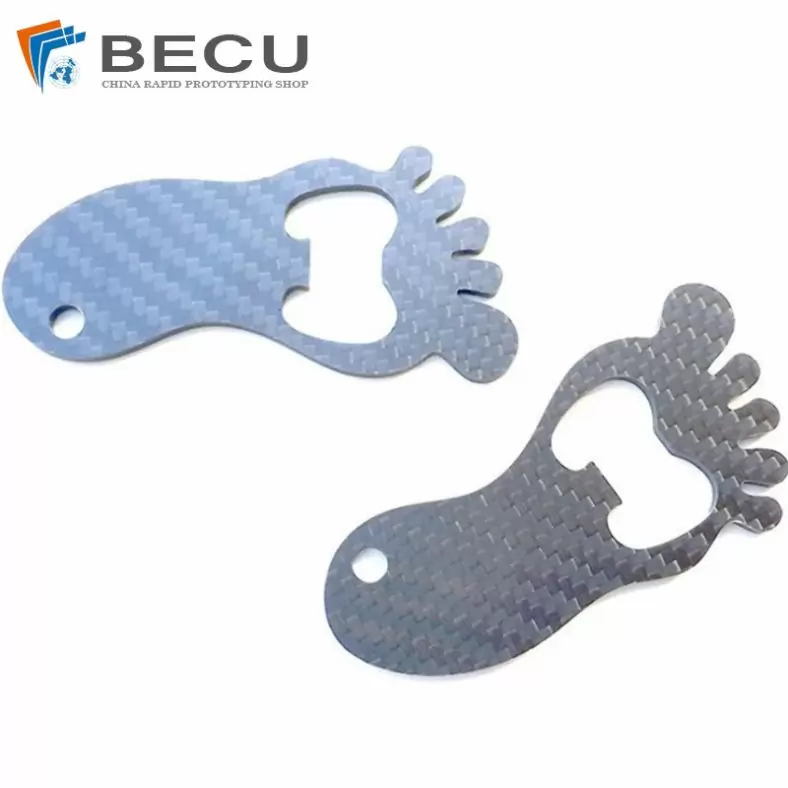
Carbon Fiber Luggage Tag Ornaments
-
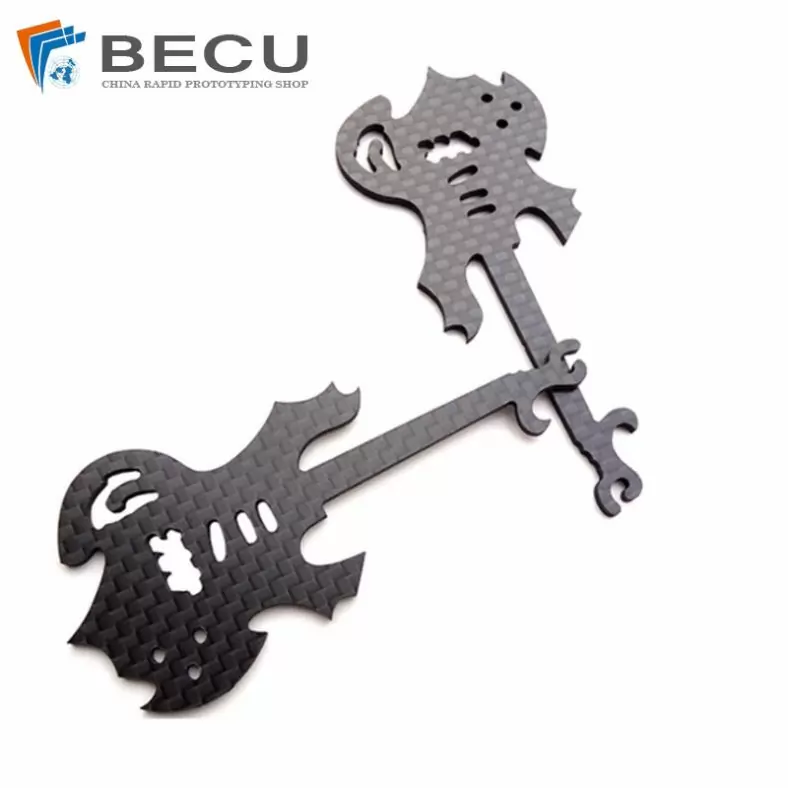
Laser Cutting Carbon Fiber Guitar Shape Crafts
-
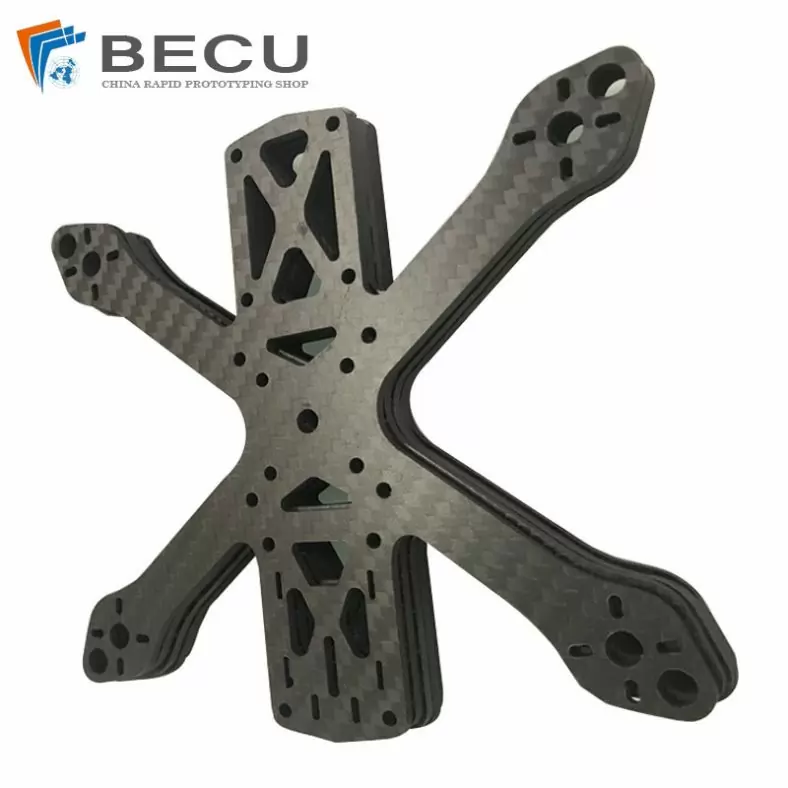
Laser Cutting Carbon Fiber Drone Rack
-
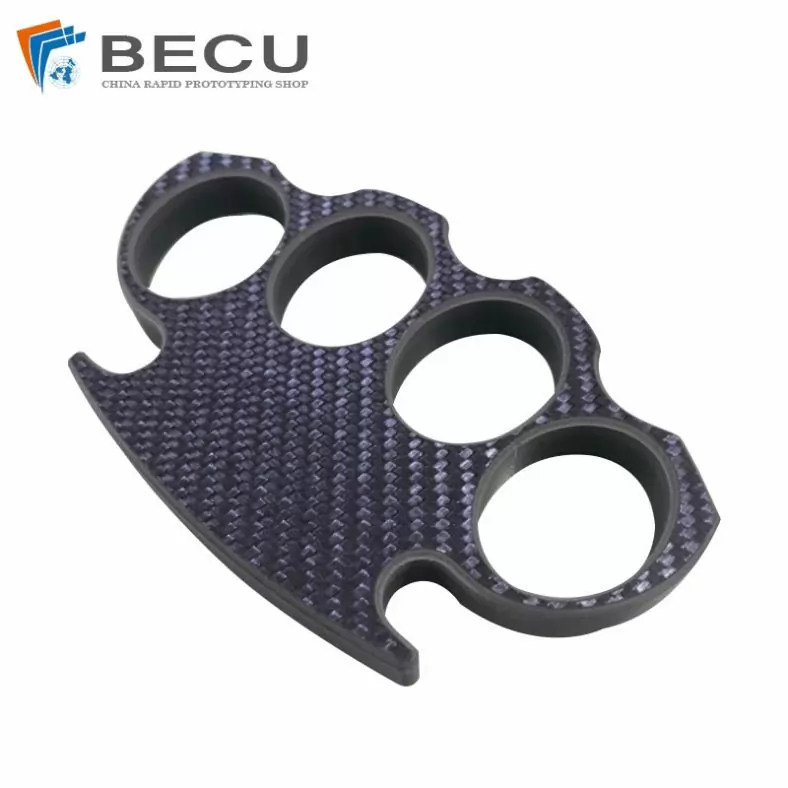
Cnc Milling Carbon Fiber Finger Buckle
